- Blogs
- Which Loft Insulation Is Right For Your Home?
Which Loft Insulation Is Right For Your Home?
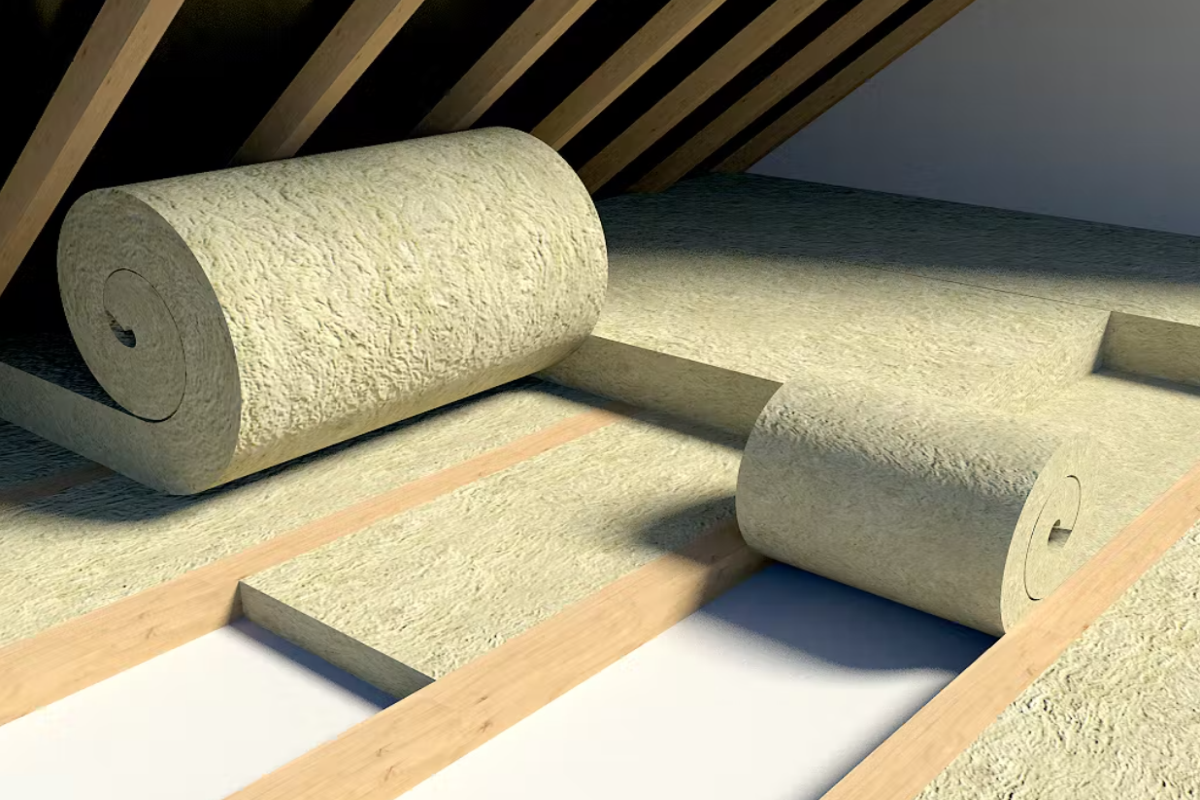
With the steady rise in energy bills and the power shortage, more and more people are looking out for energy-saving techniques. While insulation is the best energy-saving measure out there, you also need to know the right insulation material so you get the best out of insulating your home.
In this blog, we will be discussing the different types of loft insulation materials out there, so you can choose the right fit for you. There are different options to insulate loft including, fibreglass loft rolls, mineral wool, rigid insulation boards or blown-in insulation. Read on to find out which loft insulation is right for your home.
Fibreglass Loft Insulation Roll
A flexible low density glass mineral wool quilt, Fibreglass Loft Roll is a non-combustible, lightweight, thermal insulation system for loft, floors and pitched roofs. At Buy Insulation Online, we store Fibreglass loft insulation rolls from Superglass and Knauf brands at a very low cost.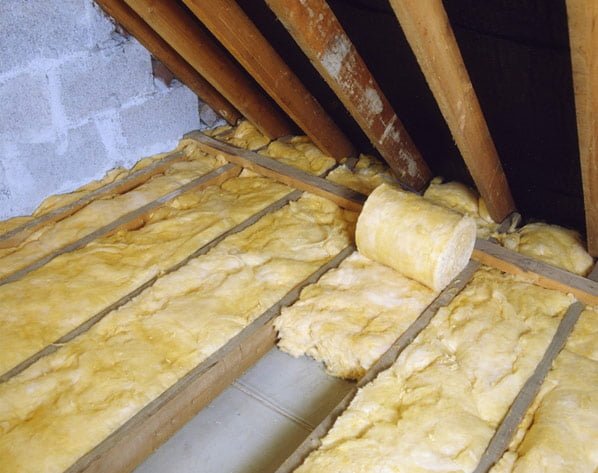
Superglass and Knauf Roll 44 are 1160 and 1140mm wide respectively, and partially perforated to allow ventilation. This lightweight and flexible loft insulation system is suitable for use on floors and roofs and can reduce the energy cost of a building by up to 45%.
Loft insulation rolls are available in various thicknesses and help eliminate air gaps in pitched roofs. These premium sound-deadening insulation rolls can be installed by friction fitting between resilient timber battens or studs. Its lifespan is up to 25 years.
Fibreglass loft insulation rolls are odourless and non-hygroscopic, preventing the growth of bacteria, mould and fungi. It is also rot-proof and doesn’t attract vermin, which means it won’t deteriorate.
Knauf loft insulation roll is made of ECOSE Technology which means the tiny glass fibres of the loft rolls remain tightly bound and do not come off easily. It also makes Knauf loft insulation soft to the touch, easy to handle and more environmentally friendly.
loft insulation
Both Superglass and Knauf loft insulation rolls are non-combustible and have the highest possible rating, A1 from Euroclass. Loft insulation rolls are perfectly made to fit between the ceiling floor joists. They help you achieve the required building regulations.
Fibreglass loft insulation has a thermal conductivity is 0.044 W/mK, making it a low-energy option for a home. It’s easy to transport and handle. They are pre-perforated at common joist widths to enable quick cutting and fewer fibres in the air pre-cut.
Fibreglass insulation rolls are breathable and open-cell insulation. They let moisture pass through their fabric easily but do not retain moisture. These loft insulation rolls are non-hygroscopic and hence keep issues like condensation or moulds away.
Made of glass mineral wool, both Superglass and Knauf Earthwool Loft Roll 44 are durable and hygienic insulation materials. They are also lightweight and flexible. They give excellent acoustic insulation as well. Loft insulation rolls are also versatile in application. They can be used to insulate framed application of stud-wall, between the rafter of the roof and not just to insulate lofts.
Mineral wool loft Insulation rolls
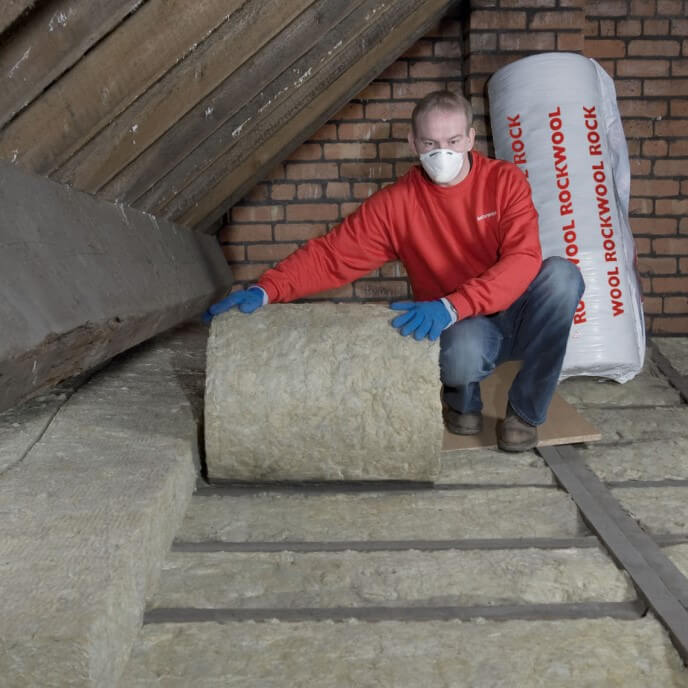 Another great option to insulate lofts is to use mineral wool loft insulation rolls by Rockwool. Much like the fibreglass insulation rolls, mineral wool loft rolls by Rockwool are lightweight, non-combustible and excellent loft insulation materials.
Another great option to insulate lofts is to use mineral wool loft insulation rolls by Rockwool. Much like the fibreglass insulation rolls, mineral wool loft rolls by Rockwool are lightweight, non-combustible and excellent loft insulation materials.
The major difference between the two is their make. Fibreglass insulation rolls are made of glass mineral wool, while mineral wool rolls are made of rock mineral wool. They are a step up from fibreglass rolls, however they also pricey.
Rockwool loft insulation is lightweight, non-combustible and flexible loft insulation. They are available in three different types in thicknesses of 100mm and 150mm. Unlike other loft insulations, this product won’t harbour fungi or vermin and is suitable for installation between joists.
Rockwool loft insulation is ideal for cold loft insulation. They are lightweight and made with medium-density mineral wool which makes them perfect to insulate loft spaces. They give superior thermal, acoustic and fire insulation.
Rockwool loft insulation also helps meet the required building regulation and hit the target U-values. It is a semi-perforated insulation and has a thermal conductivity of 0.044 W/mK.
Rockwool loft rolls have been tested to meet fire safety regulations and is Euroclass A1 fire-rated. If you’re unsure of the thickness of the insulation, read the manufacturer’s instructions for installation.
Blown-in Insulation:
Depending on the type of loft space, you can also opt for blown-in loft insulation. In Blown-in insulation, materials like cellulose or mineral wool are blown into your loft space, rather than being used as batts or insulation rolls.
Blown-in insulation makes it easy to insulate hard-to-reach spots in lofts. When done correctly, they are an excellent way to improve thermal and acoustic performance of loft spaces. They reduce thermal bridging and cold spots in loft spaces.
However, when considering the labour cost, blown-in insulation could add up to be quite pricey. Plus they have a high thermal conductivity compared to rigid insulation boards or insulation rolls, which is not exactly ideal.
Rigid Insulation boards:
Rigid insulation boards like PIR, are ideal for insulating the underside of your roof. PIR boards have an extremely low thermal conductivity of 0.022 W/m.K, which means these foam insulation boards will not let warm air pass through their fabric easily.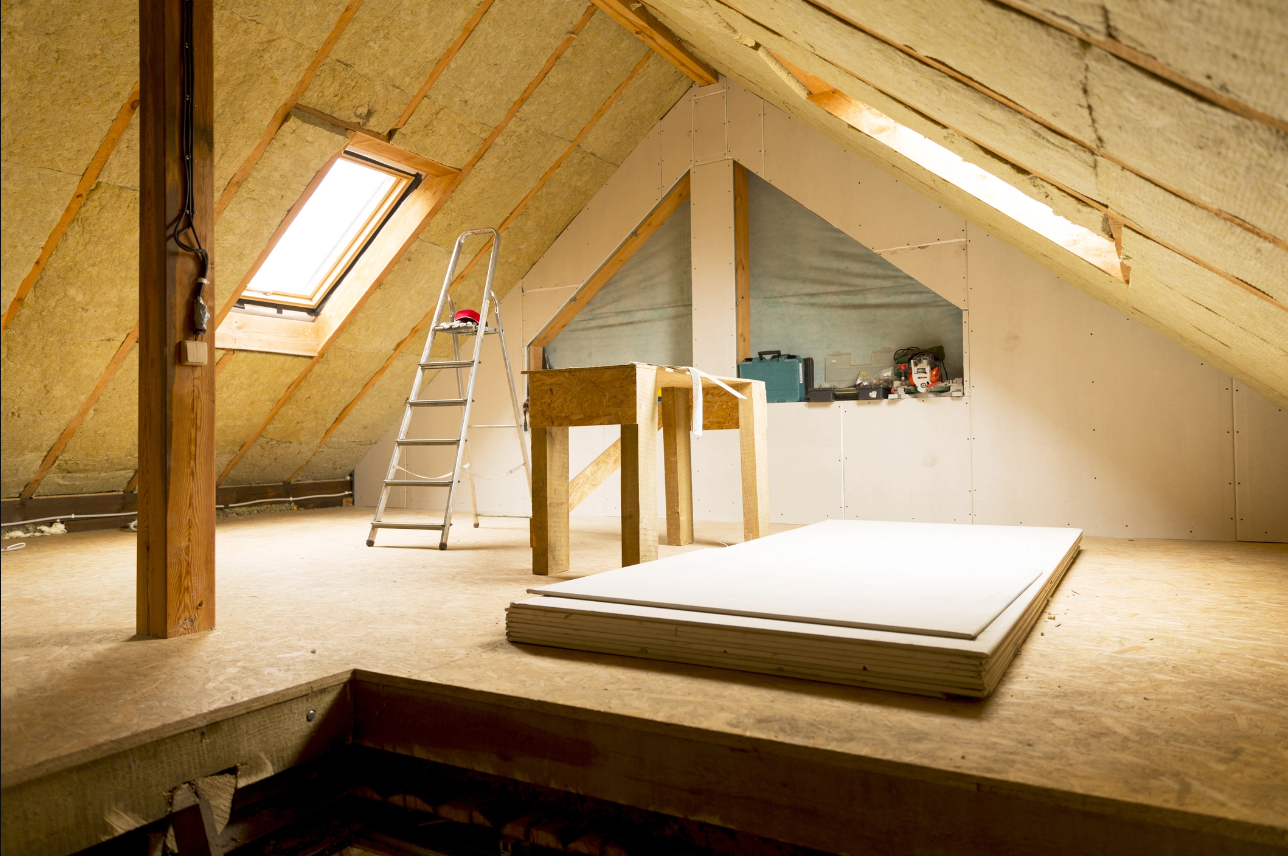
These closed-cell insulation boards are water-resistant and give superior thermal performance. The insulation boards can be painted over and offer very good insulation for your loft area. The drawback is that sheet insulation frequently costs the most.
The choice of loft insulation material primarily depends on how you would want to use your loft space. If you are planning on a home extension and using your loft space as an additional room or office, then you will have to insulate both the floor of the ceiling as well as the roof.
You can use Insulation batts like Rockwool RWA45, Knauf rocksilk RS45 for pitched roof insulation or foil insulation panels like Actis Hybris or insulate the inner side of the roof with foam insulation boards like PIR insulation. This will prevent heat loss through the roof and help save on energy expenses
If however, your loft space is only used for storage, insulating them at the ceiling floor level should do the trick. Superglass or Knauf loft insulation rolls can help with this. They will ensure that warm air does not escape to the loft space.
Hemp Wool Insulation
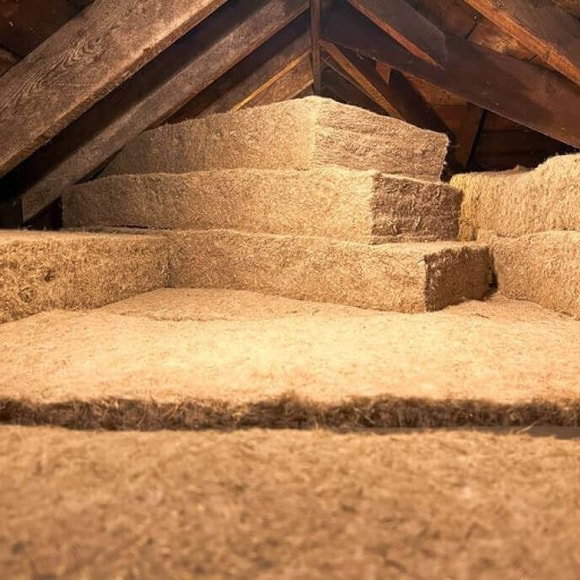 The demand for sustainable building materials has surged, with hemp wool insulation gaining popularity for its environmental and performance benefits compared to traditional fibreglass. Let's explore why hemp wool stands out.
The demand for sustainable building materials has surged, with hemp wool insulation gaining popularity for its environmental and performance benefits compared to traditional fibreglass. Let's explore why hemp wool stands out.
Benefits of Hemp Wool Insulation:
1. Environmental Sustainability:
Hemp wool is produced sustainably without harmful chemicals, reducing the carbon footprint. Fast-growing hemp plants require minimal water, making it a renewable and eco-friendly choice.
2. Thermal Performance:
Hemp wool's excellent thermal conductivity regulates interior temperature, lowering energy consumption for heating and cooling. This contributes to energy efficiency targets and reduces costs.
3. Moisture Regulation:
Hemp wool's moisture absorption and release capabilities prevent condensation and mold formation, creating a healthier indoor environment.
4. Fire Resistance and Safety:
Natural fire resistance provides crucial time for escape during a fire, enhancing building safety and security.
5. Acoustic Insulation:
Hemp wool excels in absorbing sound waves, reducing noise transmission for a tranquil indoor environment.
6. Longevity and Durability:
With a longer lifespan than traditional materials, hemp wool maintains its shape over time, providing effective insulation and performance.
7. Non-Toxic and Lightweight:
Non-toxic and lightweight, hemp wool ensures a healthy indoor environment and simplifies installation.
Comparison with Fibreglass Insulation:
Compared to fibreglass, hemp wool is a sustainable, breathable, and moisture-wicking option. Its non-toxic composition ensures a healthier indoor environment, making it a preferable choice.
Hemp wool insulation emerges as a sustainable, efficient, and healthier alternative to fibreglass. Builders and homeowners can contribute to a greener planet while enjoying the benefits of a comfortable, energy-efficient living or working space.
Multifoil Insulation
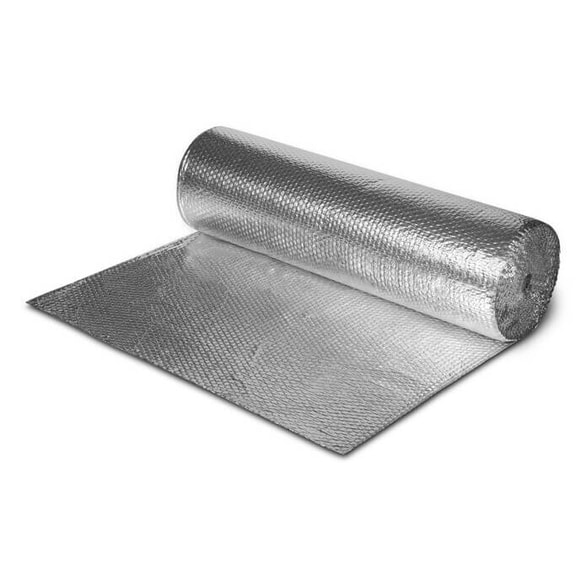 Are you exploring alternatives to traditional fiberglass insulation for your home? Multifoil insulation could be the solution you're looking for – a cost-effective, easy-to-install, and high-performance alternative. Versatile for various applications, including roofs, walls, floors, lofts, and conservatories, multifoil insulation stands out as a noteworthy substitute to conventional fiberglass options.
Are you exploring alternatives to traditional fiberglass insulation for your home? Multifoil insulation could be the solution you're looking for – a cost-effective, easy-to-install, and high-performance alternative. Versatile for various applications, including roofs, walls, floors, lofts, and conservatories, multifoil insulation stands out as a noteworthy substitute to conventional fiberglass options.
Understanding Multifoil Insulation:
Multifoil insulation, characterized by multiple layers, including reflective foil, forms a thin and flexible insulation blanket. Despite its minimal thickness, this innovative design allows for efficient thermal performance, making it an ideal alternative to thicker fiberglass insulation.
How Multifoil Insulation Works:
Reflecting radiant heat and creating air pockets between layers, multifoil insulation acts as an effective thermal barrier. With a low emissivity coefficient, it minimizes the emission of absorbed radiation, reducing heat transfer and maintaining a comfortable living environment. Additionally, multifoil insulation can contribute to preventing condensation and moisture build-up.
Benefits of Multifoil Insulation:
Multifoil insulation offers several advantages as an alternative to fiberglass insulation:
1. Cost-Effective: Typically more affordable than traditional options, multifoil insulation can potentially lead to savings on energy bills over time.
2. Easy-to-Install: Lightweight, flexible, and easy to handle, multifoil insulation requires only basic DIY skills and tools for installation. It can be fitted in various spaces and applied using methods such as stapling, nailing, or taping.
3. High-Performance: Despite its thin profile, multifoil insulation delivers superior thermal performance, reducing heat loss efficiently. It also excels in moisture control, contributing to a healthier living environment. Additionally, it can provide acoustic benefits by reducing noise transmission.
In conclusion, if you're seeking an alternative to fiberglass insulation, Multifoil insulation emerges as a compelling choice. Its combination of cost-effectiveness, ease of installation, and high-performance qualities makes it a valuable option for homeowners looking to enhance their home's insulation efficiency.
Wood Fibre insulation
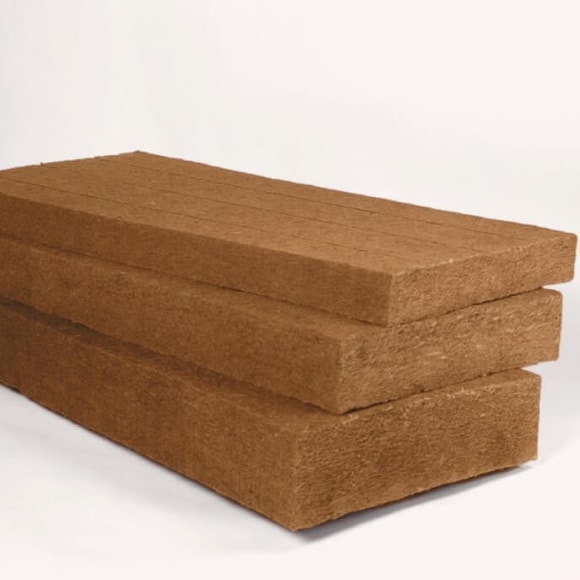 Wood fibre insulation is emerging as a compelling alternative to traditional fibreglass insulation, offering a range of eco-friendly benefits for homeowners. Made from natural and renewable materials such as wood, straw, hemp, or cotton, wood fibre insulation provides an environmentally conscious solution for those seeking to enhance home comfort while minimizing their carbon footprint.
Wood fibre insulation is emerging as a compelling alternative to traditional fibreglass insulation, offering a range of eco-friendly benefits for homeowners. Made from natural and renewable materials such as wood, straw, hemp, or cotton, wood fibre insulation provides an environmentally conscious solution for those seeking to enhance home comfort while minimizing their carbon footprint.
Advantages Over Fibreglass Insulation:
1. Sustainability: Unlike fibreglass insulation, which is made from synthetic materials, wood fibre insulation is sourced from renewable resources. This makes it a sustainable choice for environmentally conscious consumers.
2. Thermal Performance: Wood fibre insulation boasts excellent thermal performance, effectively regulating indoor temperatures to keep homes warm in winter and cool in summer. This is comparable to the thermal performance of fibreglass insulation.
3. Fire Resistance: A key advantage of wood fibre insulation over fibreglass is its inherent fire resistance. Wood fibre does not melt or spread flames in case of a fire, providing an added layer of safety for homeowners.
4. Moisture Regulation: Wood fibre insulation allows water vapor to pass through without condensing, helping to regulate moisture levels and prevent issues like mold growth. Fibreglass insulation, on the other hand, may be more susceptible to moisture-related problems.
5. Sound Absorption: Wood fibre insulation excels in absorbing sound, contributing to a quieter and more peaceful indoor environment. This can be particularly advantageous in busy urban areas or homes with high noise levels.
6. Environmental Friendliness: The production of wood fibre insulation involves minimal environmental impact, as it is derived from natural materials without the use of harmful chemicals or synthetic additives. Fibreglass insulation, on the other hand, may involve more energy-intensive manufacturing processes.
Choosing Wood Fibre Insulation Over Fibreglass:
When considering wood fibre insulation as an alternative to fibreglass, factors such as building type, insulation location, desired thermal performance, and budget should be taken into account. For external wall insulation with high thermal performance, products like Steico Therm Wood Fibre Insulation Board are ideal. Internal wall insulation with a focus on cost-effectiveness can be achieved with the Warm Shell Wood Fibre Internal Wall Insulation Kit. For flexible and breathable roof insulation, Pavaflex Wood Fibre Insulation Slabs provide a suitable solution.
In conclusion, wood fibre insulation emerges as a natural and sustainable choice, offering advantages over traditional fibreglass insulation in terms of environmental impact, thermal performance, fire resistance, moisture regulation, and sound absorption. By exploring the diverse range of wood fibre insulation products available from our website Buy Insulation Online and considering individual project requirements, homeowners can make informed choices to create a comfortable, sustainable, and eco-friendly living space.
Sheepwool Insulation
![Sheepwool Insulation]() 1. Natural Origins and Manufacturing Process:
1. Natural Origins and Manufacturing Process:
- Sheep wool insulation is derived from the natural fibers of sheep's wool, making it a renewable and eco-friendly resource.
- The manufacturing process involves shearing sheep, sorting and cleaning the wool, and minimal processing, contrasting with the energy-intensive production of fiberglass.
2. Thermal Performance:
- Sheep wool insulation boasts exceptional thermal conductivity, efficiently retaining heat and minimizing energy consumption.
- The natural crimped structure of sheep wool fibers creates insulating air pockets, reducing heat flow, while fiberglass may not offer the same level of thermal efficiency.
3. Moisture Regulation:
- Sheep wool can absorb up to 30% of its weight in water vapor without losing its insulating properties, preventing condensation and mold growth.
- Fiberglass may be more susceptible to moisture-related issues, potentially compromising its performance.
4. Environmental Sustainability:
- Sheep wool insulation is a renewable and biodegradable resource, aligning with eco-conscious building practices.
- Fiberglass involves energy-intensive manufacturing processes and may contribute to waste accumulation, making sheep wool a more environmentally friendly choice.
5. Sound Absorption and Acoustic Benefits:
- Sheep wool's fibrous structure disrupts and scatters sound energy, creating a quieter and more comfortable indoor environment.
- Fiberglass may fall short in providing acoustic comfort, making sheep wool a preferred choice in areas with high noise levels.
6. Indoor Air Quality and Health:
- Sheep wool insulation is a natural product devoid of toxic substances or VOCs, promoting improved indoor air quality and reducing the risk of respiratory discomfort.
- Fiberglass may emit VOCs and contribute to indoor air pollution, making sheep wool a healthier option for occupants.
7. Installation and Handling:
- Sheep wool insulation is easy to handle and install, requiring no protective equipment and ensuring a safer and healthier installation process.
- Fiberglass installation may involve irritants and protective measures, making sheep wool a more user-friendly choice.
8. Cost Considerations:
- While the initial cost of sheep wool insulation may be higher, the long-term benefits, including durability and minimal maintenance requirements, make it a cost-effective and environmentally friendly investment.
Sheep wool insulation emerges as a compelling alternative to fiberglass, offering a sustainable, high-performing, and health-conscious choice for those seeking eco-friendly insulation solutions.
In conclusion:
Loft Insulation is one of the best ways to save energy and money. When done correctly, it helps improve your EPC ratings as well. If you are unsure about the right loft insulation material for you, please contact a certified insulation contractor for advice or you can also email or call us with your query. You can count on us for assistance.
For trade quality pipe lagging, ductwrap, valve covers, polystyrene insulation, and wall and floor insulation materials, visit Buy Insulation Online. We not only supply top-quality insulation at a low cost but also plant a tree for free and save five trees in the Amazon for you!

Samuel Hitch
Managing Director
Buy Insulation Online.
Leave A Reply
Your feedback is greatly appreciated, please comment on our content below. Your email address will not be published. Required fields are marked *
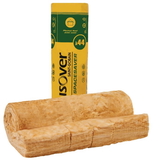
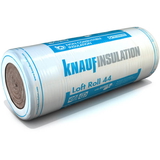
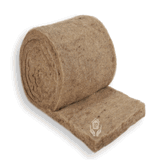
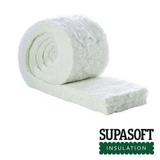
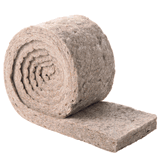
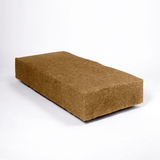
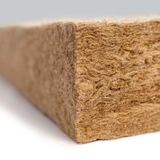
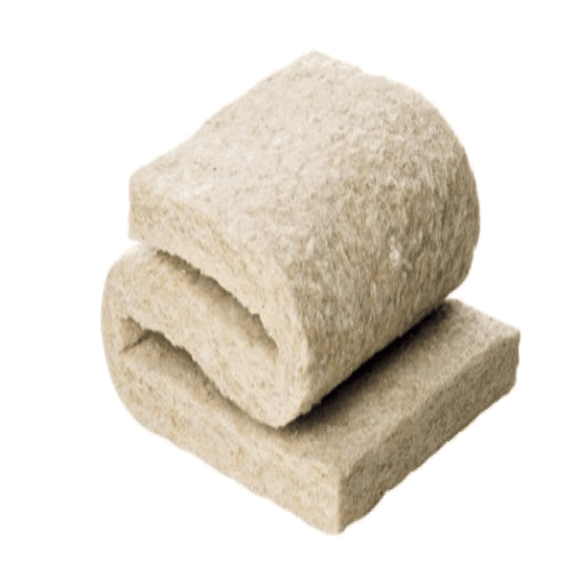 1. Natural Origins and Manufacturing Process:
1. Natural Origins and Manufacturing Process:
































































































































































































































































































































































